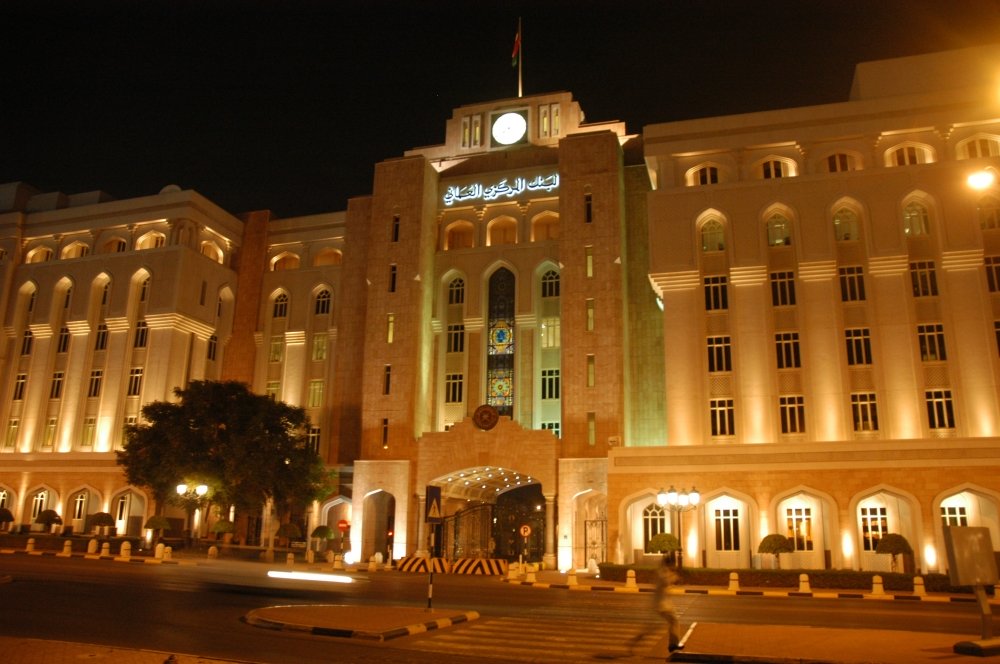Financial experts in Oman have welcomed the projected growth Oman is expected to see in 2018.
A combination of a prudent budget, fiscal discipline and structural reforms, together with a growing tourism sector and connected projects, sees an economic forecast that will register a high GDP growth and low deficit as public sector spending is reinstated by 2018, according to a MENA report by the International Institute of Finance, ONA reported.
“The reforms brought in by the government will certainly make the economy more efficient,” Fabio Scacciavillani, chief economist of Oman Investment Fund said, citing efficiency as the most influential factor in economic growth.
“The opening or upgrade of several infrastructural landmarks like the new airport, new roads, Duqm Port, etc in 2018 is also a big reason for economic growth as high performing sectors will be fully functional by then,” he added.
Nasser Saidi, International Monetary Fund advisor and president of Nasser Saidi Associates, said the government was in a good position when it comes to debt but cautioned that building projects must come online to help drive any recovery.
He said: “Oman still has a relatively low level of government debt to GDP and can use the debt markets to finance budget deficits without endangering fiscal sustainability. The criterion is to use debt for capacity building, infrastructure and productivity increasing investments that yield returns that can service the debt.”
“While rationalization and greater efficiency of some government spending is in order along with continuing efforts at production and revenue diversification, fiscal deficits are likely to persist,” Saidi added.
“It is time to focus on developing the local capital markets for the purpose of financing large development projects such as tourism, public-private partnerships and privatization efforts and removing barriers for investing in infrastructure and logistics,” he suggested.
“Growth is likely to remain subdued given the reduction in government spending, low private sector investment rates as well as the dip in consumer spending. Though a lower fiscal breakeven oil price is forecast for this year, Oman’s $72 per barrel breakeven is still on the higher side compared to its oil-exporter counterparts,” he added.
Losses in 2016
Low level of oil prices during the past couple of years brought to the fore several challenges to the Omani economy, impacting overall economic activity.
According to the bulletin published by the Central Bank of Oman, preliminary national accounts data for Oman indicated that the nominal GDP declined by 9% during the first nine months of 2016, compared to the same period last year.
The decline was reflected primarily in the petroleum sector with a fall of 29.4% and a marginal drop of 0.2% in the non-petroleum sector.
While manufacturing and wholesale and retail trade were adversely affected, value addition showed positive growth, mainly in construction, agriculture and fishing, as well as in real estate services. Average annual inflation for the year remained moderate at 1.1%. The fiscal gap widened during the year and the government took several measures to augment non-oil revenues and rationalized government spending, apart from stepping up external borrowings, given that the current level of debt to GDP ratio remains relatively low.


